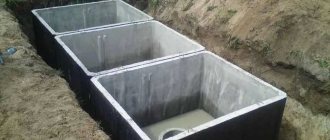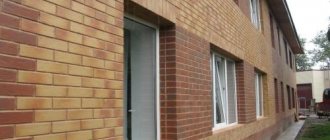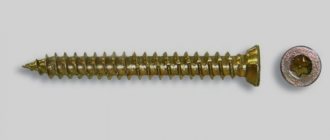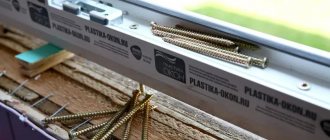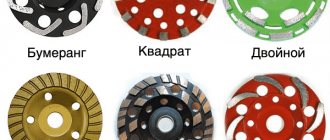Concrete has a very high density, which meets the requirements for materials for the construction of walls and ceilings. It can be problematic to hang a shelf or other heavy structure on such a wall. However, there are special screws for concrete walls and partitions. They are suitable for different types of structures and are easy to use.
What is a concrete dowel?
Such screws are most often used for fastening heavy structures - frames, door jambs, cabinets, shelves, fences, heating radiators and other communications. The screw is held tightly due to the uneven two-start thread and notches along its entire length. This shape ensures reliable fixation even in a concrete wall. On the head of the screw there are notches for countersinking.
The dowel for concrete looks like an elongated self-tapping screw with a thread in the center. On one side there is a head with a hexagonal groove, on the other side there is a sharp end. They are made from carbon steel with a protective galvanized or anodized coating, which provides protection against corrosion and other influences. For screwing, TORX T30 bits are used.
The fasteners can be reused, which is a great advantage for temporary structures. They are chosen for their low price, resistance to moisture and stress, and reliable fixation of objects, regardless of the material.
Device and purpose
By and large, a dowel for concrete is the same self-tapping screw, which is a rod with a variable thread and a sharp tip. The fastener, made of hardened steel and coated with a protective zinc or copper layer, usually has a countersunk head with internal notches. For installation work where dowels are used, use a hex bit.
Compared to other concrete screws, the dowel stands out due to its specific structure, namely, the uneven thread pitch. This structural solution is due to the increased strength of concrete, in which it is simply impossible to securely fasten a standard screw. Some types of dowels have special notches to improve adhesion to the concrete base, so the self-tapping screw is securely fixed even in porous material.
As for the scope of application, the fastening element is used in a variety of technological operations involving the connection of concrete structures with various parts (window frames, electrical appliances, shelves, paintings). The areas of application of such fasteners for concrete are limited only by the size of the screw itself.
Types of dowels for concrete
Head shape
- Secret . A flat head that allows you to tighten the screw deep into the structure without leaving a bulge on the surface. The head has cross-shaped slots. There are notches for countersinking.
- Rectangular . They are shaped like a hook. May be rounded.
- Hexagonal . The thread is located inside with a cross-shaped slot. For these types, open-end and ring wrenches are used.
- Hairpin . There is a nut threaded fitting.
The type of head affects the way the dowel is screwed into a concrete wall. A screw with a hook or a pin can only be mounted with a pre-drilled hole. Other types can be screwed directly into the wall.
Coverage type
. Black self-tapping screws with oxidized coating. For use only in rooms with normal humidity. It is not used on the street or in basements.
Blacked out- Copper-plated . Yellow color. Sensitive to various influences. Used only for indoor work.
- Galvanized . Silver color. Can be used indoors and outdoors. They do not collapse or deform.
The dowel is used where other fastening is impossible: the base is too fragile, or installation causes certain difficulties.
Varieties and sizes
Screws, self-tapping screws and anchors for concrete must comply with the interstate standard “Screws” - GOST 1147-80. They differ from each other in the following characteristics:
- material type;
- coating;
- head shape and slot type;
- thread design.
Self-tapping screws are made of carbon, corrosion-resistant steel or brass. By the color of the screw you can determine the technology that was used to apply the protective coating:
- yellow or silver color for galvanized hardware - they are galvanically coated with a layer of zinc, which protects them from corrosion;
- Oxidized screws that have been in contact with oxidizing agents are black;
- gray and dark gray color for screws that have been phosphated.




